The China Factor: Analyzing The Difficulties Faced By Luxury Car Brands
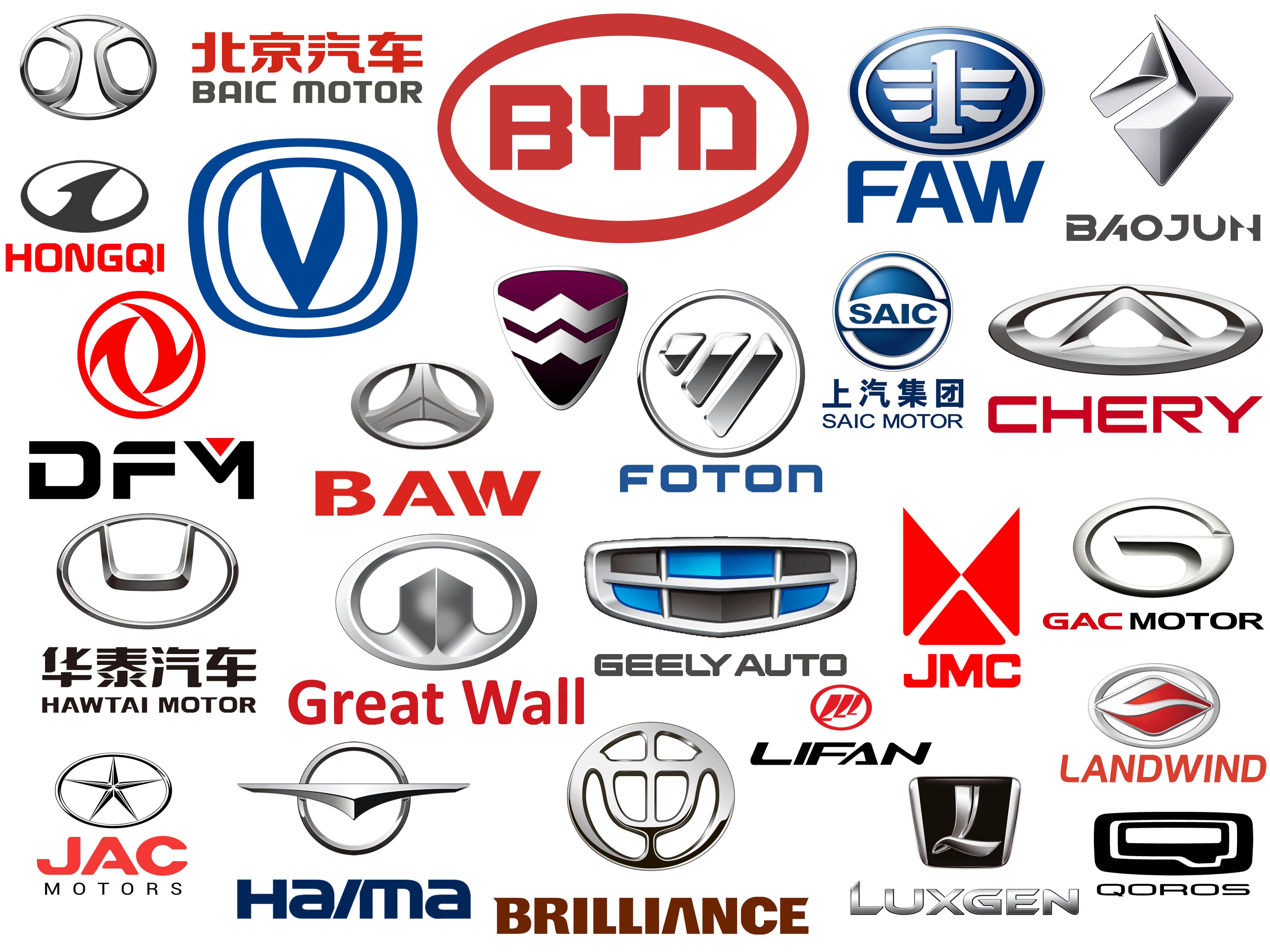
Table of Contents
Understanding the Unique Chinese Luxury Car Consumer
The Chinese luxury car consumer is not a monolith. Understanding their evolving preferences is crucial for success.
Shifting Consumer Preferences
- Younger, Tech-Savvy Consumers: A significant portion of the luxury car market in China comprises young, affluent individuals who are digitally native and highly tech-savvy. They expect seamless integration of technology and personalized experiences.
- Preference for Unique Design and Customization: Chinese luxury car buyers often prioritize unique designs and customization options, seeking vehicles that reflect their individual style and status. Generic models struggle to gain traction.
- Importance of Social Media Influence: Social media platforms like WeChat and Weibo wield significant influence on purchasing decisions. Luxury car brands must actively engage with these platforms to build brand awareness and credibility.
The rising popularity of electric vehicles (EVs) amongst Chinese luxury car buyers exemplifies this shift. Brands that fail to offer competitive EV options risk losing market share to competitors who cater to this growing segment of the luxury car market China.
The Importance of Brand Storytelling and Cultural Relevance
Effective marketing in China requires more than just translating advertisements. It demands a deep understanding of Chinese cultural values and the creation of compelling brand narratives that resonate with local audiences.
- Localized Marketing Campaigns: Marketing campaigns need to be tailored to resonate with specific cultural nuances and preferences. Generic global campaigns often fall flat.
- Use of Celebrity Endorsements: Celebrity endorsements remain powerful tools in China, particularly those featuring popular figures with strong cultural relevance.
- Engagement with Social Media Platforms: Active engagement on WeChat, Weibo, and other popular Chinese social media platforms is essential for building brand awareness and fostering direct communication with potential customers.
Brands that have successfully adapted to the Chinese market often demonstrate a commitment to localized marketing, crafting compelling stories that resonate with Chinese consumers and leveraging the power of social media to build strong brand communities.
Navigating the Regulatory Landscape in China
The regulatory environment in China presents significant challenges for luxury car brands. Understanding and adapting to these regulations is essential for long-term success.
Import Tariffs and Taxes
High import tariffs and taxes significantly impact the pricing and profitability of imported luxury vehicles.
- Comparison of Import Costs with Manufacturing Locally: Many brands are exploring local manufacturing to mitigate these costs and improve competitiveness.
- Strategies for Managing Pricing to Remain Competitive: Careful pricing strategies are crucial to maintain profitability while remaining competitive in a price-sensitive market.
The impact of specific tariffs varies significantly depending on the vehicle's origin, engine size, and other factors. This necessitates a thorough understanding of the current regulatory framework and proactive adaptation.
Environmental Regulations and Emission Standards
China has stringent environmental regulations and emission standards, impacting vehicle development and production.
- Challenges of Meeting Stricter Regulations: Meeting these stringent standards requires significant investment in research and development.
- Investment in Electric and Hybrid Vehicle Technologies: The shift towards electric and hybrid vehicles is accelerating in China, demanding significant investment in this technology.
- Impact on Supply Chains: Compliance with environmental regulations affects the entire supply chain, requiring careful consideration of sourcing and manufacturing practices.
These regulations are continuously evolving, requiring ongoing adaptation and investment from luxury car manufacturers.
Local Content Requirements
Policies requiring a certain percentage of locally sourced components present challenges for luxury car brands.
- Challenges of Establishing Local Supply Chains: Building reliable and high-quality local supply chains requires significant investment and collaboration.
- Collaboration with Local Suppliers: Strategic partnerships with local suppliers are crucial for meeting local content requirements efficiently.
- Impact on Production Costs and Efficiency: Meeting local content requirements can impact production costs and efficiency, demanding careful planning and execution.
Successfully navigating these local content requirements often involves developing strong relationships with local suppliers and integrating them seamlessly into the global supply chain.
Intense Competition and Market Saturation
The Chinese luxury car market is highly competitive, with both established international brands and rapidly growing domestic players vying for market share.
The Rise of Domestic Luxury Car Brands
Chinese luxury car manufacturers are rapidly gaining market share, posing a significant challenge to international brands.
- Comparison of Chinese and International Brands: Chinese brands are increasingly offering competitive products at attractive price points.
- Strategies to Differentiate from Competitors: International brands must differentiate themselves through unique features, branding, and customer experiences.
- Analysis of Market Share Trends: Closely monitoring market share trends is essential for adapting strategies and staying ahead of the competition.
The success of leading Chinese luxury car brands highlights the need for international competitors to innovate and adapt to maintain their market position.
Maintaining Brand Exclusivity
Maintaining a sense of exclusivity and prestige in a rapidly expanding market is a major challenge.
- Strategies for Maintaining Brand Image: Preserving brand image requires careful management of brand perception and customer experience.
- Targeted Marketing to Retain High-Value Customers: Targeted marketing initiatives are essential for retaining high-value customers and building loyalty.
- The Importance of After-Sales Service: Excellent after-sales service is crucial for maintaining customer satisfaction and brand loyalty.
Established luxury brands are employing various strategies, including limited-edition models, bespoke customization, and exceptional customer service, to counter market saturation and maintain their premium positioning.
Conclusion: Mastering the China Factor for Luxury Car Success
Successfully navigating the Chinese luxury car market requires a deep understanding of the "China Factor," encompassing unique consumer preferences, a complex regulatory landscape, and intense competition. International brands must adapt their strategies to resonate with younger, tech-savvy consumers, navigate stringent environmental regulations and local content requirements, and differentiate themselves in a saturated market. Mastering these aspects is crucial for achieving sustainable success in this dynamic and lucrative market. Deepen your understanding of the China factor and its impact on luxury car brands. Learn more about navigating the complexities of the Chinese luxury car market today!

Featured Posts
-
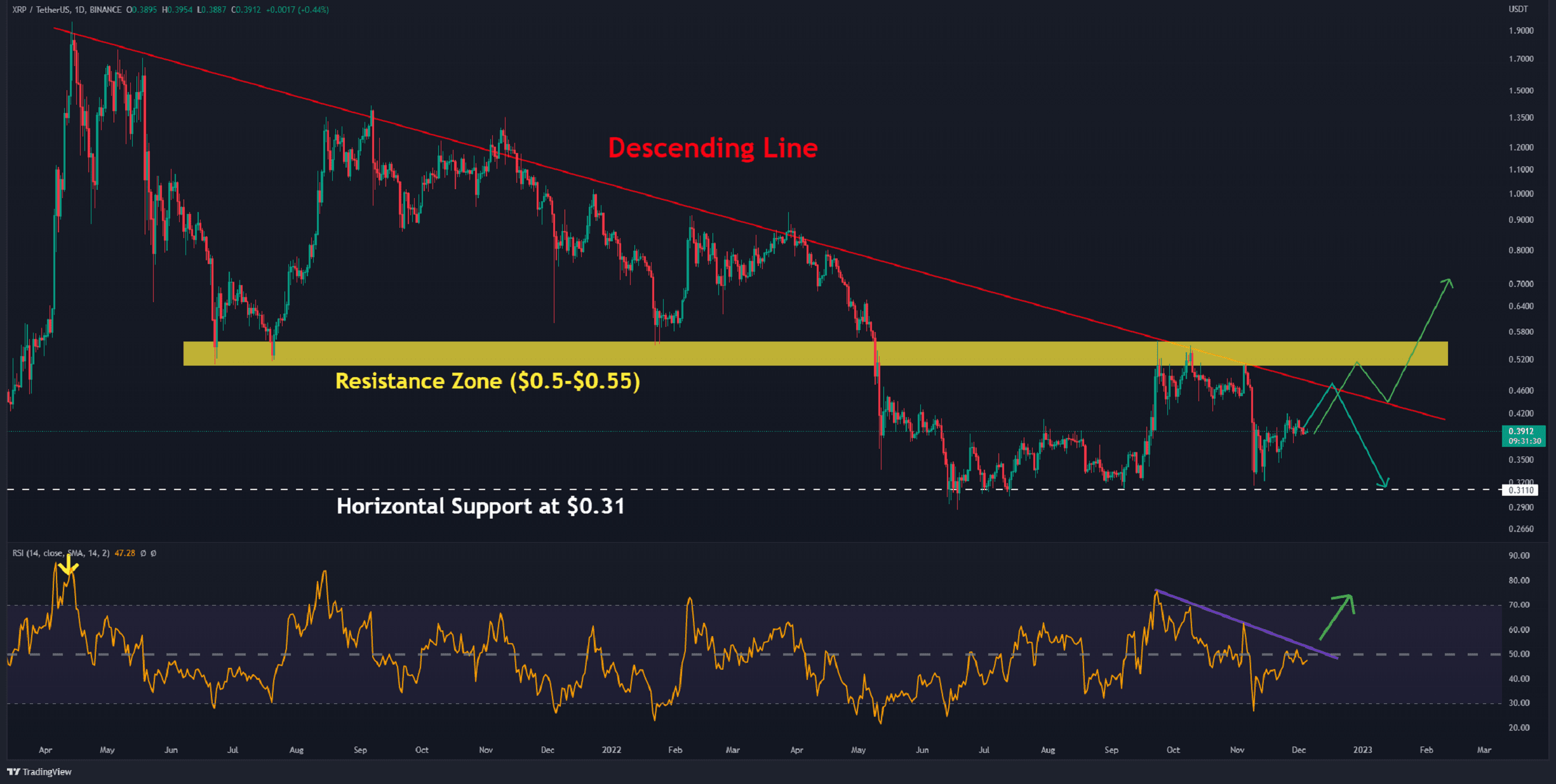 Xrp Price Surge Ripple Sec Case Update And Etf Speculation
May 01, 2025
Xrp Price Surge Ripple Sec Case Update And Etf Speculation
May 01, 2025 -
 Zasto Se Udala Neispricana Prica O Zdravku Colicu I Njegovoj Prvoj Ljubavi
May 01, 2025
Zasto Se Udala Neispricana Prica O Zdravku Colicu I Njegovoj Prvoj Ljubavi
May 01, 2025 -
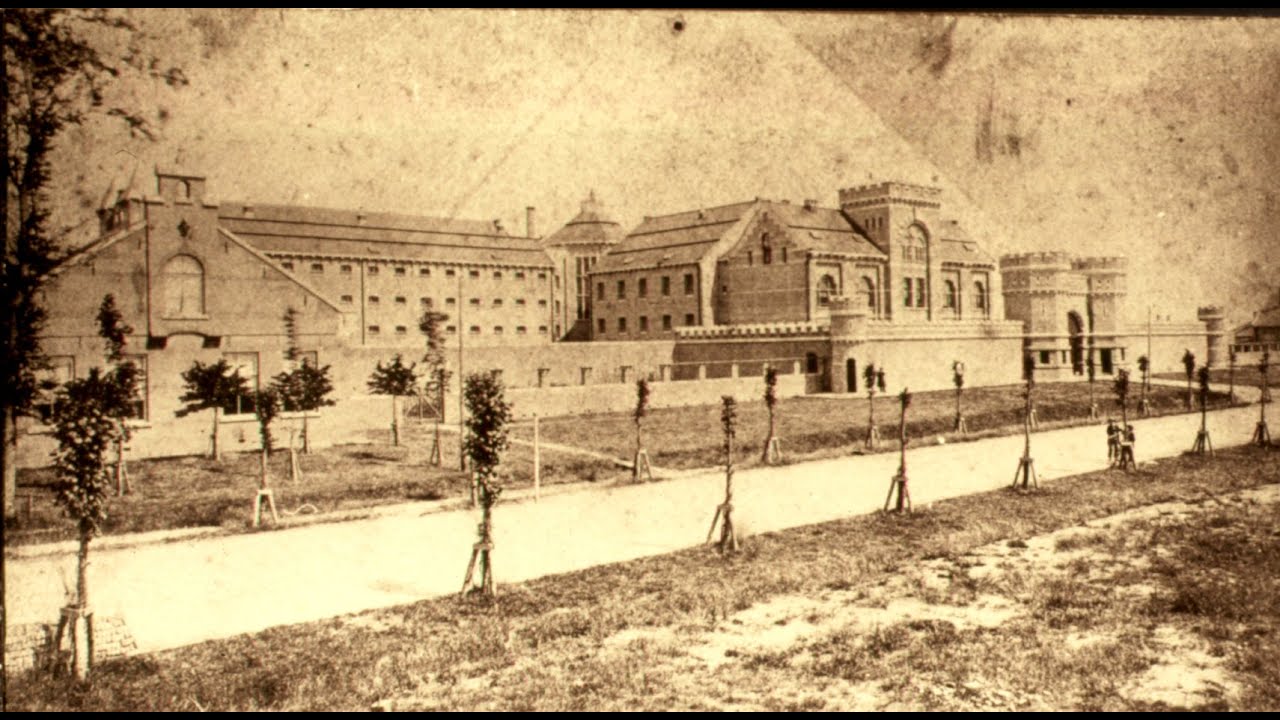 Neersteekincident Van Mesdagkliniek De Rol Van Malek F
May 01, 2025
Neersteekincident Van Mesdagkliniek De Rol Van Malek F
May 01, 2025 -
 Volatility Alert Secure S And P 500 Downside Protection Today
May 01, 2025
Volatility Alert Secure S And P 500 Downside Protection Today
May 01, 2025 -
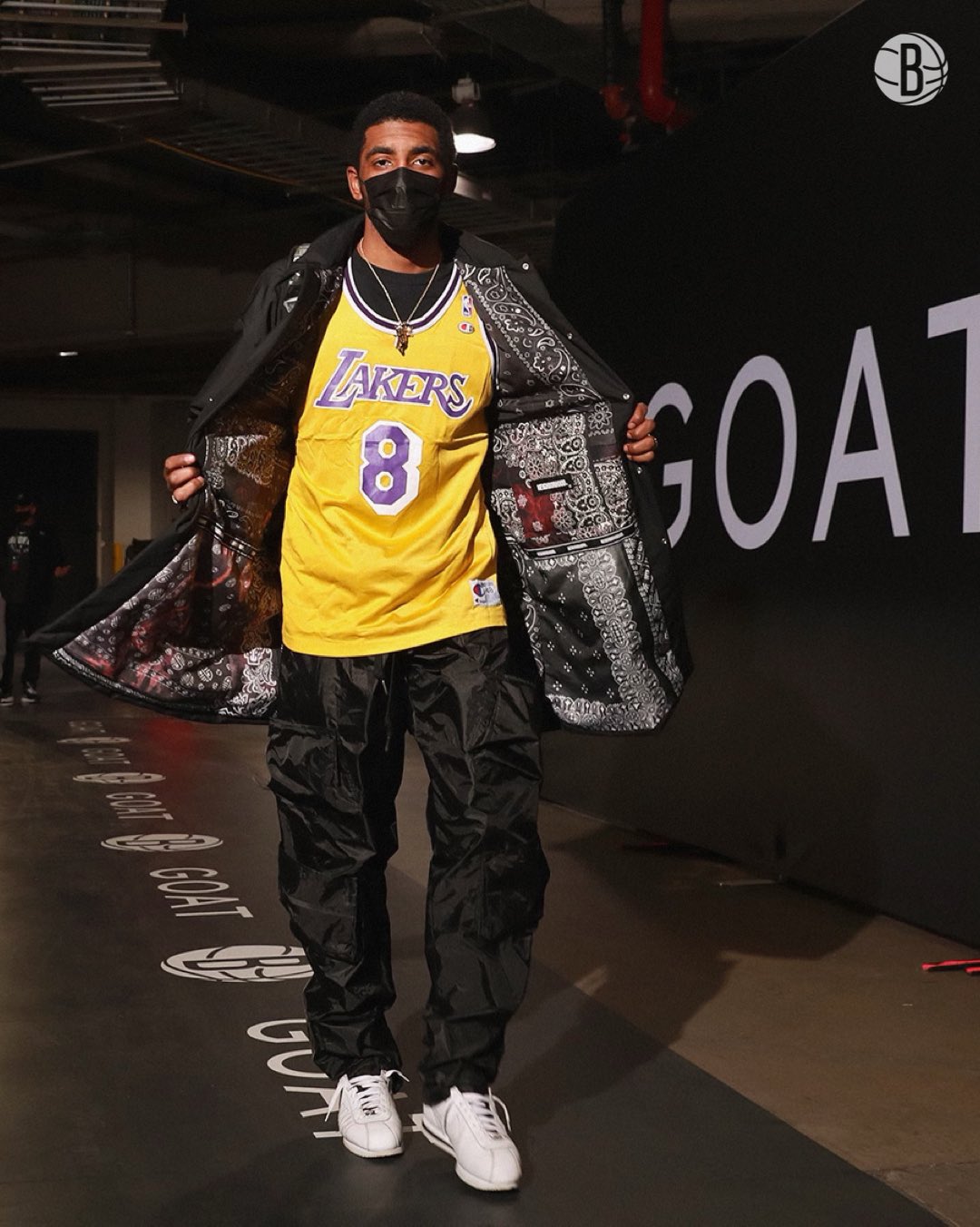 Dallas And Carrie Legend Dead Amy Irving Pays Tribute
May 01, 2025
Dallas And Carrie Legend Dead Amy Irving Pays Tribute
May 01, 2025
Latest Posts
-
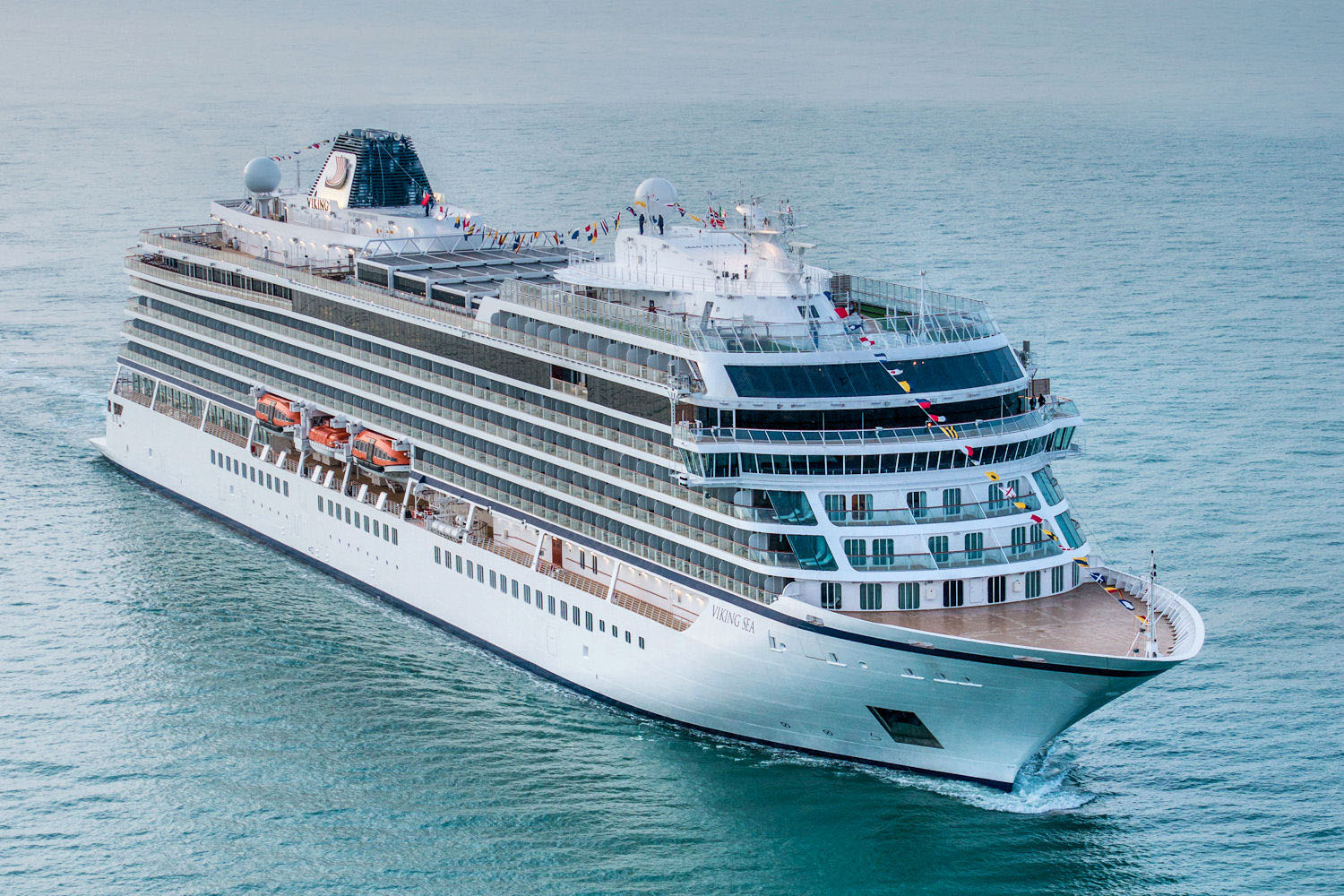 Choosing The Best Cruise Line For Your Family 5 Top Picks
May 01, 2025
Choosing The Best Cruise Line For Your Family 5 Top Picks
May 01, 2025 -
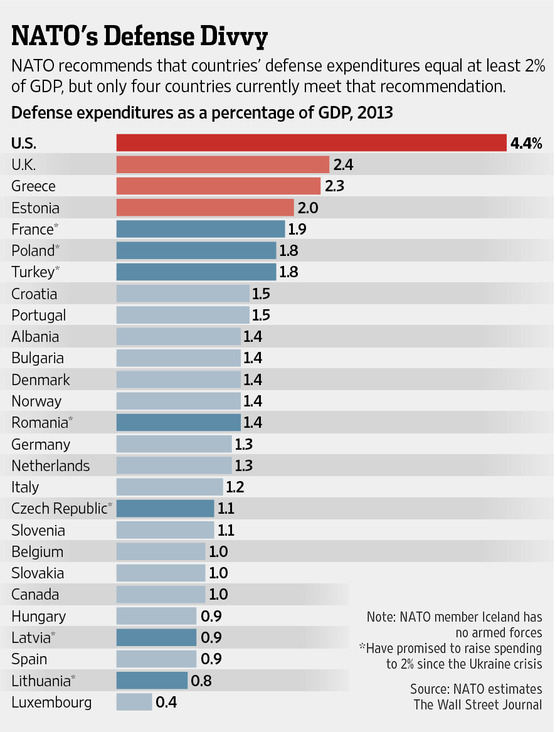 Europes Rising Military Spending A Response To The Russian Threat
May 01, 2025
Europes Rising Military Spending A Response To The Russian Threat
May 01, 2025 -
 Canadians Prioritize Domestic Travel Airbnb Sees 20 Increase
May 01, 2025
Canadians Prioritize Domestic Travel Airbnb Sees 20 Increase
May 01, 2025 -
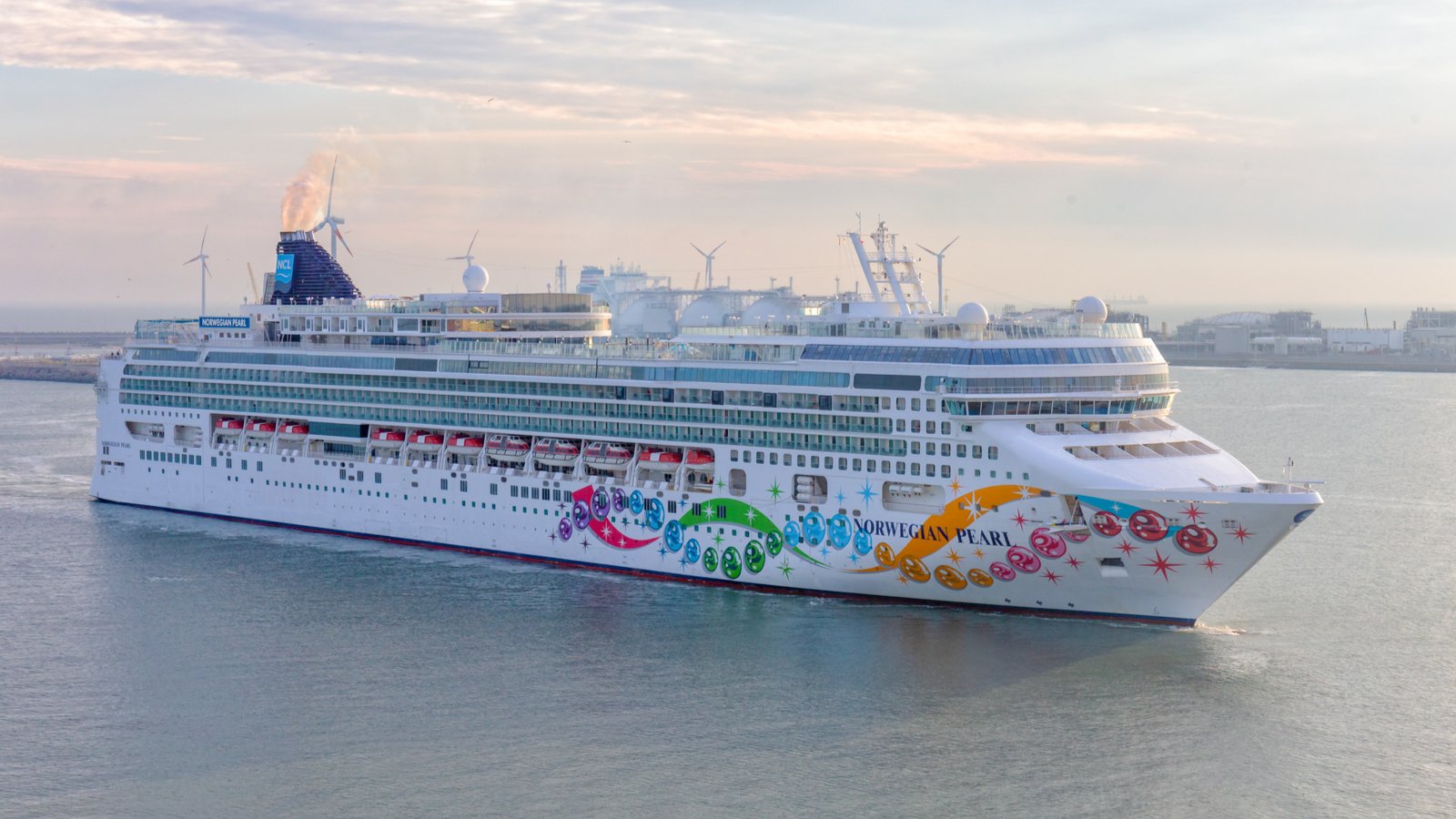 Are Hedge Funds Betting On Norwegian Cruise Line Nclh
May 01, 2025
Are Hedge Funds Betting On Norwegian Cruise Line Nclh
May 01, 2025 -
 Family Cruise 5 Top Rated Lines
May 01, 2025
Family Cruise 5 Top Rated Lines
May 01, 2025
